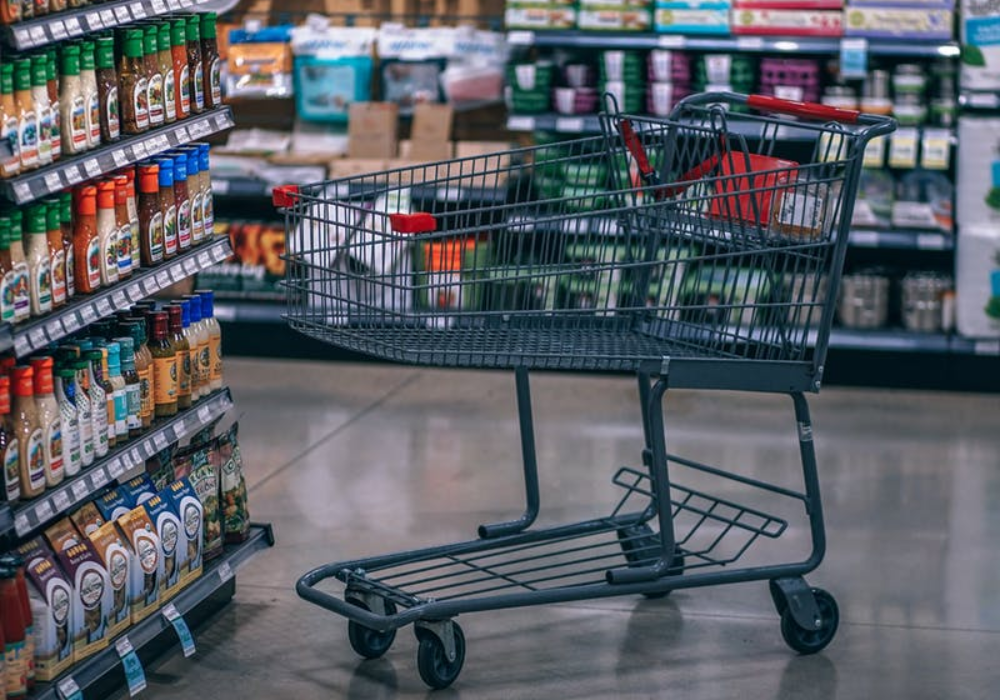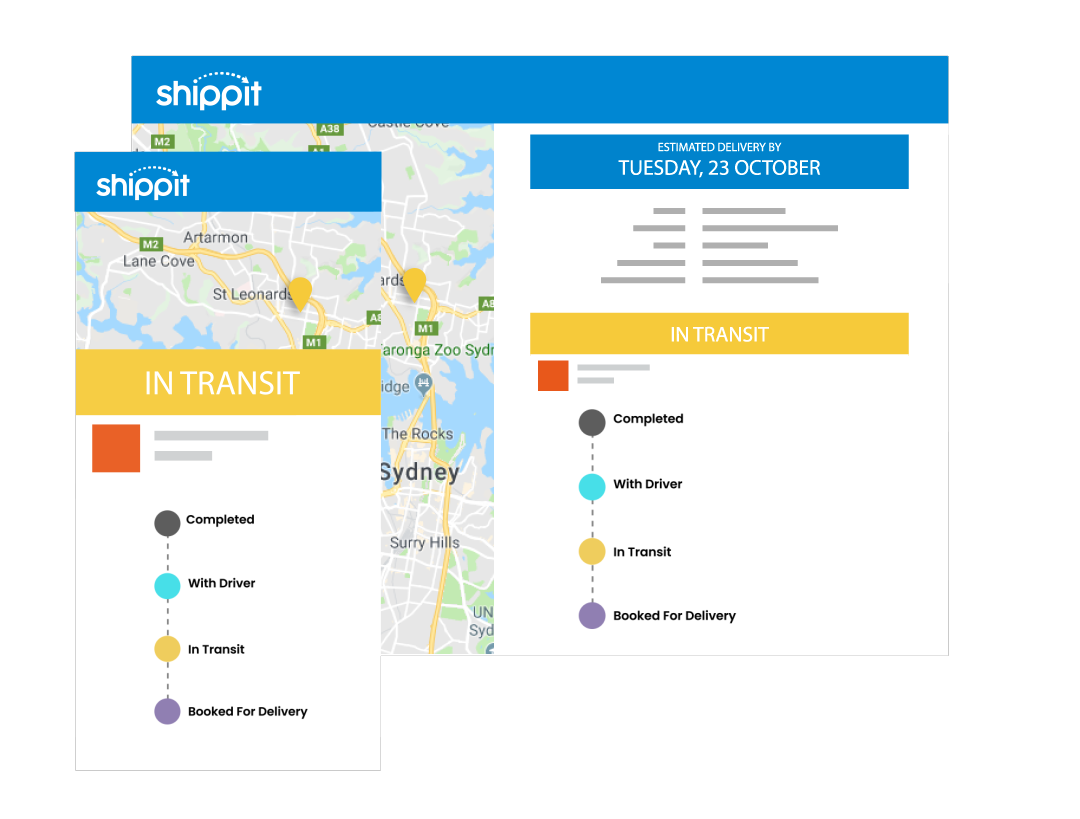Cart abandonment is at an all-time high, and consumers are growing more fickle with each click. This means retailers are leaving more money on the table than they realise. To keep conversions constant, retailers need to find smarter, savvier ways to catch abandoned carts. This is where remarketing can help.
By tracking potential customers’ and sending them relevant, targeted messages, remarketing can increase brand awareness and help you close the loop between cart abandonment and conversion. As a tried and tested conversion strategy, Facebook remarketing can help you stay on top of your conversions through your social campaigns. Here’s what you need to know.

What Is Remarketing?
Remarketing or retargeting is a type of online advertising that allows you to reconnect with visitors who came to your website but didn’t complete an action. If a potential customer visits your site, and engages with your brand without completing a purchase, once they have left your site, remarketing exposes them to targeted ads.
When someone visits your website or social media page, a cookie or pixel is added to their web browser which lets your ads ‘follow’ them as they browse the internet. While this may sound a little creepy, a recent study by eMarketer shows only 11% of consumers had an adverse reaction to remarketing ads, while 30% of buyers responded positively.
While many social platforms and search engines offer retargeting options, Facebook Remarketing packs a punch due to its highly specific demographic targeting and tracking data. Stats show visitors who see remarketing ads are 70% more likely to convert, so it’s worth exploring your remarketing options.
How Remarketing Helps
According to the Baymard Institute, cart abandonment is on the increase. While a large chunk of abandoned carts is a natural consequence of digital window shopping, there’s still a tremendous opportunity to turn browsers into buyers. This is where remarketing can help you reach out to ghosts of carts past and subtly nudge them to stop browsing and get buying. Where Facebook Remarketing adds value is via its granular on-site actions, allowing you to create specific ads which relate to the user’s action. For example, users who add an item to a wishlist may see a different ad to those who abandoned an item in the shopping cart.
Abandonment aside, Facebook Remarketing adds value across all stages of the funnel by targeting potential customers who browsed a specific product page but didn’t add to cart. Sending targeted reminders to users in the purchase intent phase of the funnel keeps your brand awareness fresh and helps you reconnect with visitors.
Going granular with Facebook’s Custom Audience tool gives you the ability to target specific behaviours and run highly targeted ads. For example, you can run specific campaigns based on the type of device used, types of audiences and customers, amount of pages visited and online user behaviour. Using this particular data, you can upsell and cross-sell to past purchasers and recapture bounced users. You can also show specific messages to users who browsed certain pages and incentivise users to return to the site to complete their purchase.
Maximise Remarketing
Before getting carried away with remarketing, it’s important to recognise that much like PPC or AdWords campaigns, Facebook Remarketing costs money to implement and manage. To get the most out of your remarketing, make sure your ads are audience-relevant; there’s no point launching a win-back campaign for someone who hasn’t added anything to cart. The value-add of Facebook Remarketing is the hyper-specific targeting options. Make sure you know what demographic information to include and exclude to keep your budget and impressions on point at every stage of the funnel.
While it might sound blatantly obvious to target users who are more likely to buy, most marketers don’t dig that deep into the data. Facebook’s Custom Audience tools let you uncover the demographic data of profile users who’ve taken specific actions on your website. For example, instead of targeting general website traffic, you could hone in on users who read a particular blog or scroll to a particular point on your webpage.
While there are many ways to remarket to your customers, Facebook’s custom audiences and granular insights give marketers an excellent opportunity to reconnect, capitalise on traffic and ultimately close the conversion gap.

